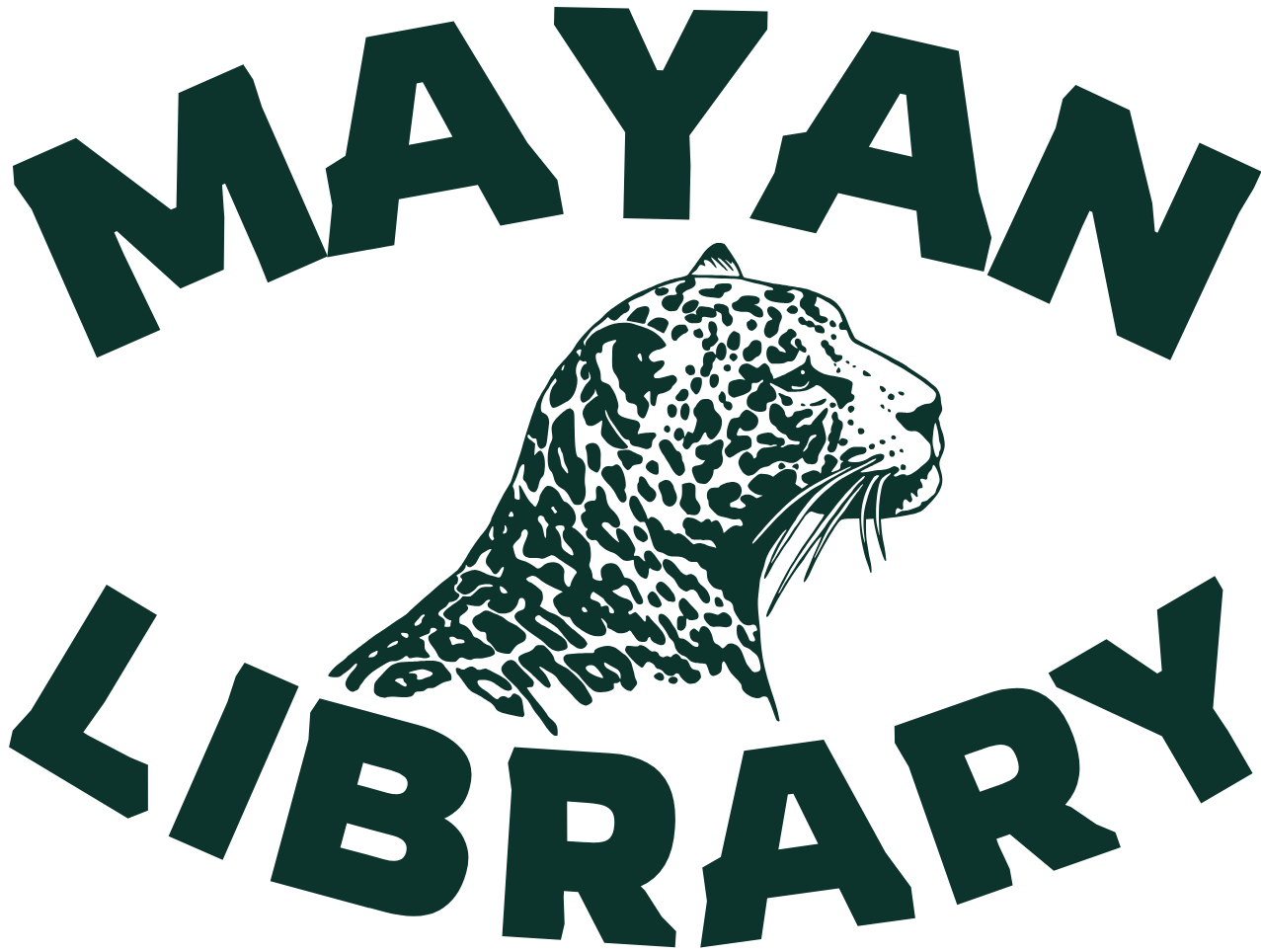Abstract
The Maya Nahual system, embedded in the sacred 260-day Tzolk’in calendar, establishes the profound relationship between human life, cosmic cycles, and ecological archetypes. The first of the twenty Nahuales is Imix, often represented by the crocodile and the waterlily, both symbols of primordial waters and the earth’s fertility. Imix embodies origins, nourishment, and emergence, linking birth and sustenance to cosmological order. This article provides a comprehensive exploration of Imix as the foundational Nahual, examining its role in Maya cosmology, spiritual identity, and ecological knowledge, while situating its meanings within Mesoamerican traditions and contemporary understandings of indigenous environmental thought.
Keywords: Maya Nahual, Imix, Crocodile, Waterlily, Mayan calendar, Tzolk’in, origins, nourishment, emergence, Mesoamerican cosmology
Introduction
The Maya Nahual system is central to understanding Mesoamerican conceptions of identity, destiny, and ecology. Derived from the Tzolk’in calendar, the Nahuals are day signs that govern human existence in relation to cosmic cycles and the natural world. The first Nahual, Imix, initiates this cycle, representing the primordial waters and the fertile ground of creation.
As a crocodile, Imix symbolizes the great earth-beast floating in the waters of chaos, a guardian of origins and protector of fertility. As a waterlily, Imix represents sustenance, nourishment, and the continuous emergence of life. Together, these symbols root Imix in the cosmology of beginnings, anchoring the Maya understanding of human existence in ecological and spiritual interdependence.
Imix in the Tzolk’in Calendar
The Tzolk’in, a 260-day ritual calendar, is structured by the interlocking of 20 Nahuales (day signs) and 13 galactic numbers. Imix is the first day sign, marking the beginning of cycles and the renewal of creation.
- Position: First among the 20 Nahuales.
- Meaning: Origins, birth, sustenance, primal waters.
- Elemental association: Earth and water.
- Cosmic function: Opening pathways of emergence and nurturing the seed of existence.
Individuals born under Imix are traditionally associated with leadership, creativity, and responsibility as “initiators,” though also carrying the burden of beginnings and vulnerability to excess.
Symbolism of Imix
The Crocodile
The crocodile in Mesoamerican thought is a primordial being, representing the earth floating on the cosmic sea. In Maya iconography, this figure embodies strength, endurance, and protection, serving as the foundation of existence. The crocodile is both fearsome and nourishing, linking creation myths of land rising from water with the daily need for sustenance.
The Waterlily
The waterlily (Nymphaea ampla), abundant in Maya wetlands, symbolizes fertility, nourishment, and sacred waters. Archaeological evidence shows waterlilies as symbols in Maya art, often linked to royal power and the underworld. In the Nahual Imix, the waterlily signifies emergence from water, connecting the material and spiritual realms through cycles of birth and renewal.
Imix as Origins and Nourishment
Imix embodies nourishment in its broadest sense: food, water, fertility, and the motherly force that sustains life. In myth, it is the womb of creation, providing the first emergence of humans, plants, and animals. This aligns with agricultural cycles, where wetlands and fertile soils sustained Maya civilization.
As the first Nahual, Imix is associated with:
- Birth and beginnings – both cosmic and personal.
- Emergence – the rise of land from waters, and of life from the womb.
- Maternal sustenance – linked to the Earth as mother and provider.
- Potentiality – carrying all seeds of future cycles.
Comparative and Regional Variations
While Imix is commonly translated as “crocodile,” some traditions emphasize its connection to the waterlily or to primal earth forces. In highland K’iche’ Maya interpretations, Imix reflects the chaotic but fertile energy of creation, while Yucatec Maya glyphs depict the waterlily as a sign of sustenance and ritual offerings.
Similar archetypes appear across Mesoamerica: the Aztec Cipactli, a crocodilian monster of creation, parallels Imix as the first day sign of the Tonalpohualli calendar. This demonstrates the deep cultural continuity of earth-floating beings in origin myths of the region.
Imix in Contemporary Interpretation
Today, the Nahual Imix continues to hold relevance:
- In Maya communities, daykeepers (ajq’ijab’) interpret Imix as a guiding sign for individuals born under it, emphasizing creativity, initiation, and responsibility.
- In ecological thought, Imix embodies the sacred relationship between water, fertility, and human survival.
- In global contexts, Imix resonates as a symbol of sustainability, reminding us of the interdependence between humans, animals, plants, and waters.
Conclusion
Imix, the first Maya Nahual, represents origins, nourishment, and emergence. As crocodile and waterlily, it anchors Maya cosmology in the fertile waters of creation, providing both protection and sustenance. Its place at the beginning of the Tzolk’in cycle highlights the Maya vision of time as cyclical and regenerative, rooted in ecological realities and spiritual connections.
Imix thus continues to inspire not only Maya identity but also global conversations on sustainability, resilience, and the sacredness of origins.
References (APA Style)
Barrera-Bassols, N., & Toledo, V. M. (2005). Ethnoecology of the Yucatec Maya: Symbolism, knowledge, and management of natural resources. Journal of Latin American Geography, 4(1), 9–41.
Christenson, A. J. (2007). Popol Vuh: Sacred book of the Quiché Maya people. University of Oklahoma Press.
Looper, M. (2009). Water lilies and crocodiles: The symbolic world of Maya iconography. Ancient Mesoamerica, 20(1), 23–42.
Monaghan, J. (2000). The person, destiny, and the construction of difference in Mesoamerica. Res: Anthropology and Aesthetics, 38, 137–146.
Tedlock, B. (1982). Time and the Highland Maya. University of New Mexico Press.

Leave a Reply